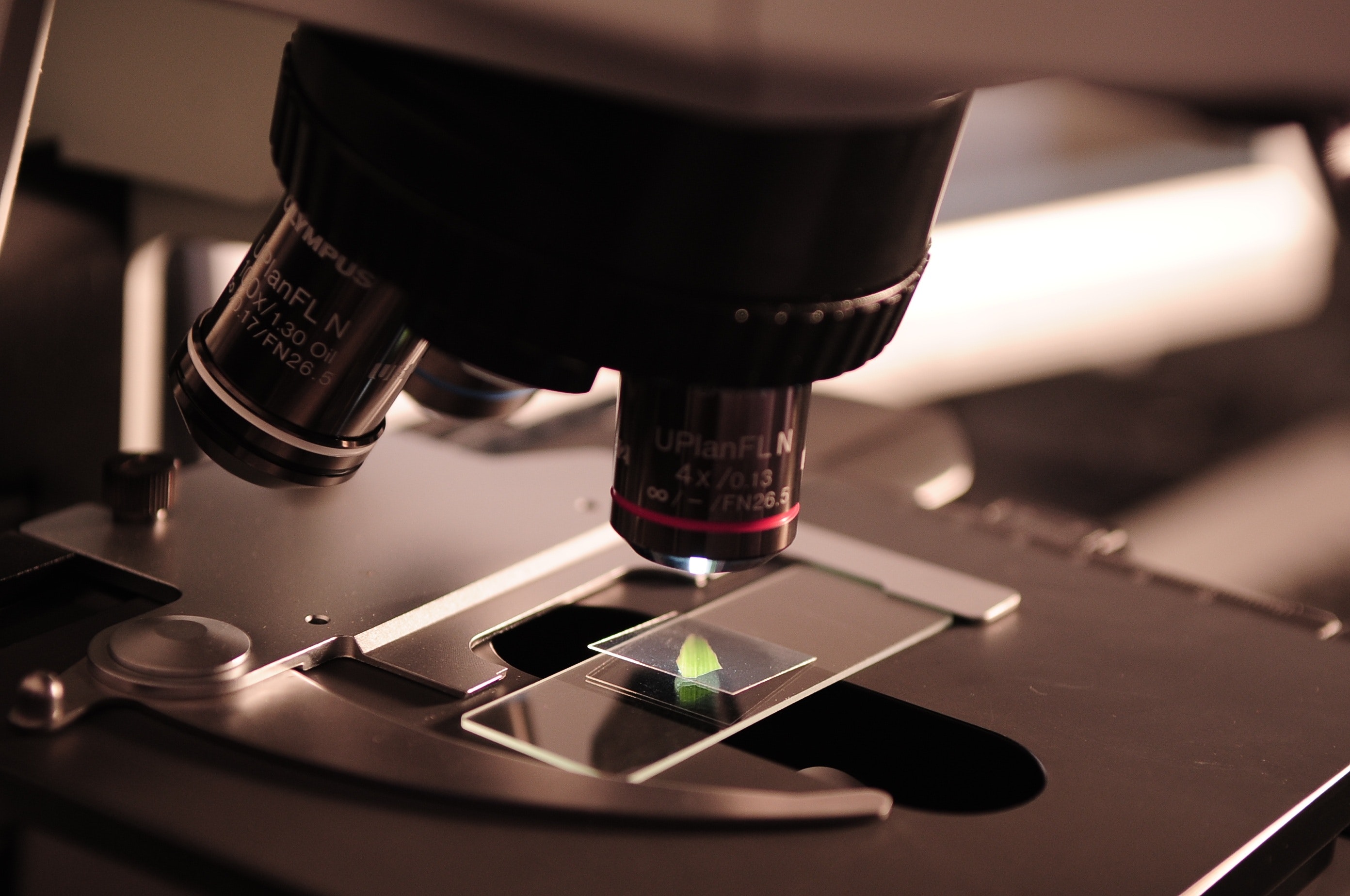Non-fill detection (NFD) is a technological advancement that has revolutionized the pharmaceutical industry. It is an electronic system that identifies incomplete orders, errors in ordering processes, and potential problems with distribution. NFD provides many benefits to companies in the pharmaceutical industry, so let’s break down what non-fill detection is and how it works.
What does NFD do?
The purpose of non-fill detection is to provide an early warning system for potential issues with order fulfillment or ordering processes. It can identify incomplete orders, detect problems with inventory access, and help companies address any issues before they become larger problems. This technology also helps companies identify errors in their ordering systems, such as incorrect quantities or missing items. Additionally, NFD can be used to detect discrepancies between the customer's order and what was actually shipped.
How Does NFD Work?
Non-fill detection works by monitoring all inventory movements within a company’s supply chain. This includes tracking incoming raw materials as well as outgoing finished goods. NFD verifies that all orders are completed correctly before they are sent out and that there aren’t any discrepancies between what was ordered and what was shipped out. The system also monitors for any changes in inventory levels which could indicate potential problems with production or distribution processes. In addition to monitoring data from within the company’s supply chain, NFD also monitors third-party warehouses where products may be stored for shipment or delivery. By doing this, it ensures that orders are completed satisfactorily when they reach the customer’s location.
Benefits of Non-Fill Detection
Non-fill detection offers many benefits for companies in the pharmaceutical industry including cost savings due to fewer returns or incorrect shipments; improved customer satisfaction due to timely delivery of correct orders; better control over inventory levels; improved efficiency in supply chain operations; and improved accuracy of data collection throughout the entire process of order fulfillment and shipping services. These advantages ultimately lead to increased profits for businesses in this sector that employ this technology properly.
Overall, non-fill detection provides a significant advantage for companies looking to increase efficiency and accuracy in their supply chain operations while reducing costs associated with incorrect shipments or returns due to mistakes made during order processing or shipping services. While there is still room for improvement when it comes to perfecting this technology, its current capabilities have already been proven beneficial for pharmaceutical companies looking to streamline their operations while minimizing mistakes made along the way—ultimately leading to greater customer satisfaction as well as increased profits from fewer returns and errors being made on orders processed through their systems. With these advantages clearly outlined, it should come as no surprise why more businesses within the pharmaceutical sector are turning towards non-fill detection solutions as a way of improving their bottom line results while providing a better overall experience for customers ordering products from them online or via other methods such as phone orders, etc…






